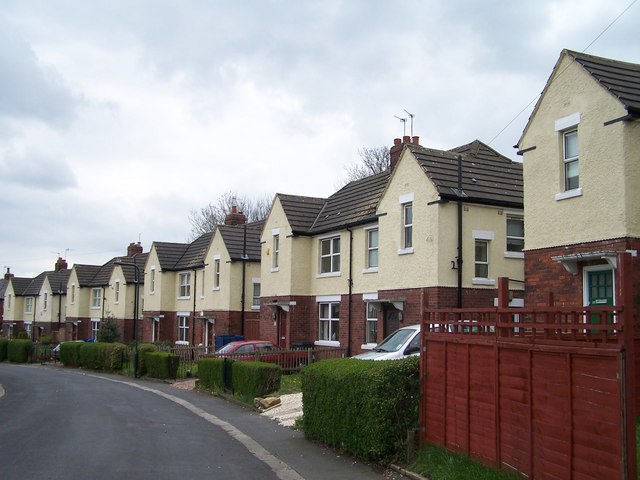Jackson-Stops & Staff, one of the UK’s leading estate agents, has released new information that suggestions as to the reform of stamp duty on second homes, may actually fail to achieve the goal of putting off buy-to-let investors. The information, in effect shows that inflation in housing prices may actually offset the reform changes, and that the 3% surcharge placed on second homes may not yet be enough to actually deter potential investors from seeing buy-to-let investments as optimistic. And while it has been declared that there has been a surge in registrations made for buy-to-let properties up to April, it has also been highlighted that the majority of these investors will see greater returns from the inflation of property prices in the modern recovering housing market (potentially in under a year), thus positioning the 3% surcharge as nothing more than an inconvenience. In fact, Jackson-Stops & Staff has warned that those most affected by the surcharge will actually be tenants who will suffer from increased rental prices as reported previously. This, in effect, will likely deteriorate the market conditions for those looking to break onto the rental market as already previously highlighted, with landlords still seeing optimistic market conditions for at least some time. As explained by Jackson-Stops & Staff’s Chairman, Nick Leeming, the government’s attempts to even the playing field for property investors and first-time buyers, the situations does nothing to remove the spotlight which landlords should be seeing on investments into property as one of the most solid investments to this day. He added: “The idea that stamp duty tax will act as a deterrent is a fiction, as for most landlords it won’t amount to a significant figure.” Of course, with the impacts, once again, hitting the tenants of properties as opposed to the pockets of landlords, the growing debate on the depreciated affordability of rental housing stock is of even greater note. The question, however, is as to whether the government can find an alternative way to dissolve interest in buy-to-let investment in a way which won’t come down on the tenant.







